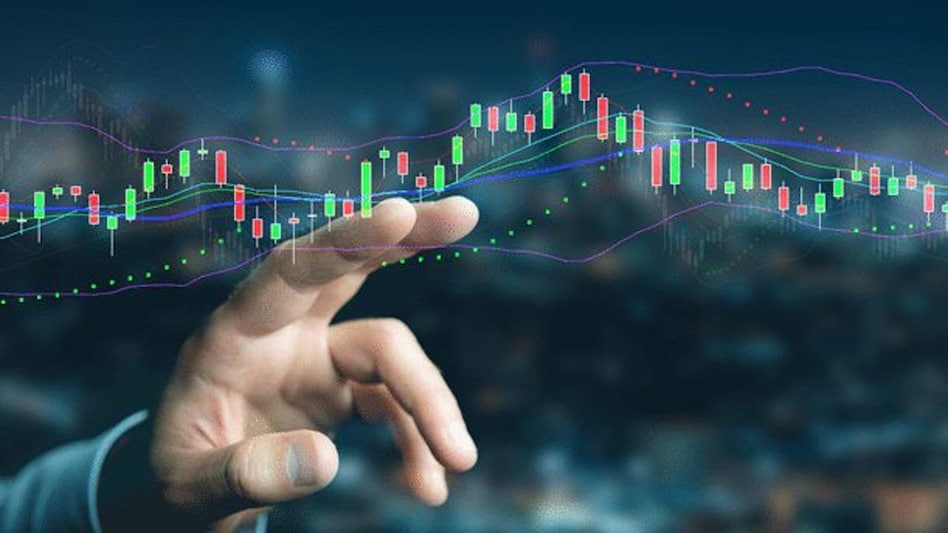Introduction
The Sensex, short for the Bombay Stock Exchange Sensitive Index, is one of the most significant financial indicators in India. As the benchmark index of the Bombay Stock Exchange (BSE), it reflects the performance of the top 30 companies listed on the BSE. These companies represent a variety of industries and serve as a barometer for the overall health of the Indian stock market. This comprehensive guide delves into the intricacies of the Sensex, exploring its history, composition, calculation methodology, and its role in the financial world.
The History of Sensex
The Sensex was first compiled in 1986, making it the oldest stock market index in India. The BSE itself, established in 1875, is Asia’s oldest stock exchange. Over the years, the Sensex has grown to become a vital tool for investors, financial analysts, and policymakers, offering a snapshot of market trends and economic health.
Composition of the Sensex
The Sensex is composed of 30 of the largest and most actively traded stocks on the BSE. These companies are selected based on various criteria, including:
- Market Capitalization: Companies with a high market cap are preferred.
- Liquidity: Stocks with higher trading volumes are selected.
- Industry Representation: The index aims to include companies from diverse sectors to provide a balanced view of the economy.
- Fundamentals: Companies with strong financial performance and stability are chosen.
The composition of the Sensex is reviewed periodically to ensure it reflects the current market conditions and trends.
Calculation Methodology
The Sensex is calculated using the “free-float market capitalization” methodology. Here’s a breakdown of how it works:
- Free-Float Market Capitalization: This considers only the shares available for trading in the market. It excludes promoter holdings, government holdings, and other locked-in shares that are not available for trading.
- Index Value Calculation: The formula for calculating the Sensex is:
Sensex=∑(Market Cap of 30 Companies)Base Period×100\text{Sensex} = \frac{\sum(\text{Market Cap of 30 Companies})}{\text{Base Period}} \times 100The base period for the Sensex is 1978-79, and the base value is set to 100. This historical context helps in comparing the index value over time.
Significance of the Sensex
- Market Indicator: The Sensex serves as a barometer for the Indian stock market. A rising Sensex indicates investor confidence and economic growth, while a falling Sensex may signal economic downturns or market corrections.
- Investment Decisions: Investors and fund managers use the Sensex to make informed decisions. It helps in assessing market sentiment and planning investment strategies.
- Economic Indicator: Policymakers and economists use the Sensex to gauge the health of the economy. It reflects the performance of various sectors and the overall economic environment.
Factors Influencing the Sensex
Several factors influence the movement of the Sensex, including:
- Economic Data: Indicators like GDP growth, inflation rates, and employment data impact investor sentiment and, consequently, the Sensex.
- Corporate Earnings: The financial performance of the companies within the index plays a crucial role. Positive earnings reports can drive the Sensex up, while negative results can pull it down.
- Global Markets: The performance of global stock markets, especially in the US and Europe, can influence the Sensex. Global economic trends, geopolitical events, and international trade policies are also significant factors.
- Monetary Policy: Decisions by the Reserve Bank of India (RBI) regarding interest rates and monetary policy affect the stock market. Lower interest rates generally boost market activity, while higher rates can have the opposite effect.
- Political Stability: Political events and stability are crucial for market confidence. Elections, policy changes, and political turmoil can lead to market volatility.
Milestones and Major Movements
Since its inception, the Sensex has seen several significant milestones and movements:
- 1991 Economic Reforms: The liberalization of the Indian economy led to substantial growth in the stock market, with the Sensex experiencing rapid growth.
- Dot-com Bubble: The early 2000s saw a surge in technology stocks, followed by a crash, which impacted the Sensex significantly.
- 2008 Financial Crisis: The global financial crisis led to a sharp decline in the Sensex, reflecting the widespread economic turmoil.
- Recent Trends: In recent years, the Sensex has seen robust growth, driven by strong corporate earnings, economic reforms, and increased foreign investment.
Investing in the Sensex
Investing in the Sensex can be done through various means:
- Direct Investment: Purchasing shares of the companies listed in the Sensex.
- Mutual Funds: Investing in mutual funds that track the Sensex.
- Exchange-Traded Funds (ETFs): ETFs that replicate the performance of the Sensex offer a convenient investment option.
Conclusion
The Sensex is a vital component of the Indian financial system, offering insights into market trends and economic health. Its comprehensive composition and robust calculation methodology make it a reliable indicator for investors, policymakers, and analysts. By understanding the factors influencing the Sensex and its significance, stakeholders can make informed decisions and contribute to the growth and stability of the financial markets.

